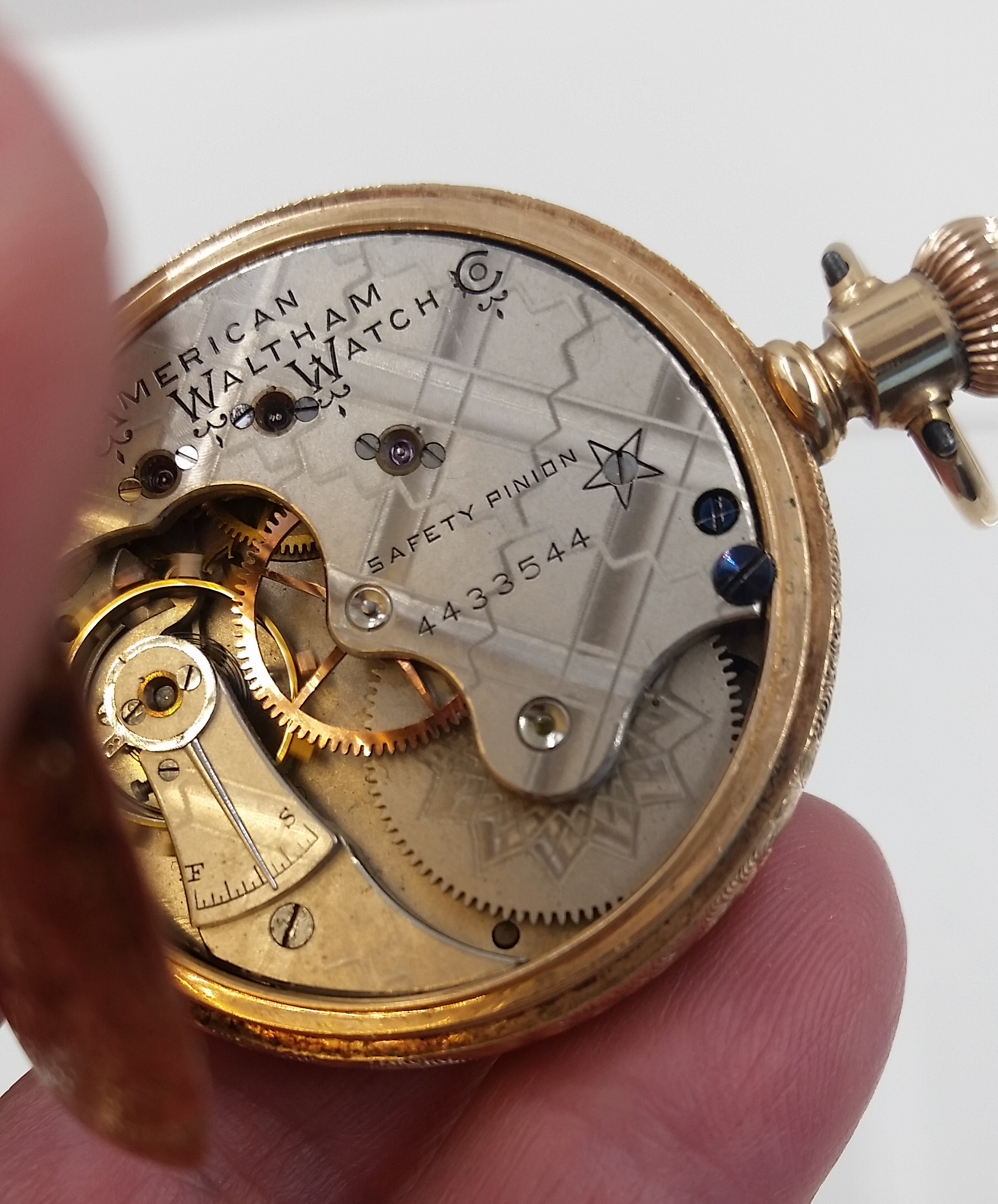

Essentially, this places the computational power of a Samsung Galaxy Watch5 at double that of an iPhone 4. I can see the watch nerds’ eyes clouding over with these unfamiliar specs.

A Samsung Galaxy Watch5 employs an Exynos W920 computer chipset with a 1.18 GHz dual-core clock rate and 12 Gb of LPDDR4 memory. That’s hardly a romantic way to marvel at time, especially if you have any experience interacting with Siri.īut it needn’t be that way. You’re left with asking Siri if you want to know the phases of the moon, the equation of time, or whether it’s a leap year. The alarms and chronographs don’t incite the same excitement a mechanical chronograph does, and good luck looking for further complications. But the time is delivered to the device from exterior sources, regardless of how closely the watch face emulates well-known watches. Sure, it displays the time and date perpetually, and one can use it for alarms and timers. The grandest one, even.įor all of its computing power, a smartwatch like the Apple “Watch” allocates very little of it to telling time. I’m here to say that smartwatch developers are missing a huge opportunity. Where are the gears? Where are the complications? In short, where is the horology? It may seem like such a technological device must forgo the mechanics of time for simple emulation by necessity. But the similarity to an actual mechanical watch is akin to a child’s R/C car versus an actual car. Sure, you can get watch faces that display the time in analog. From a watch enthusiast’s standpoint, however, it doesn’t do nearly enough.


 0 kommentar(er)
0 kommentar(er)
